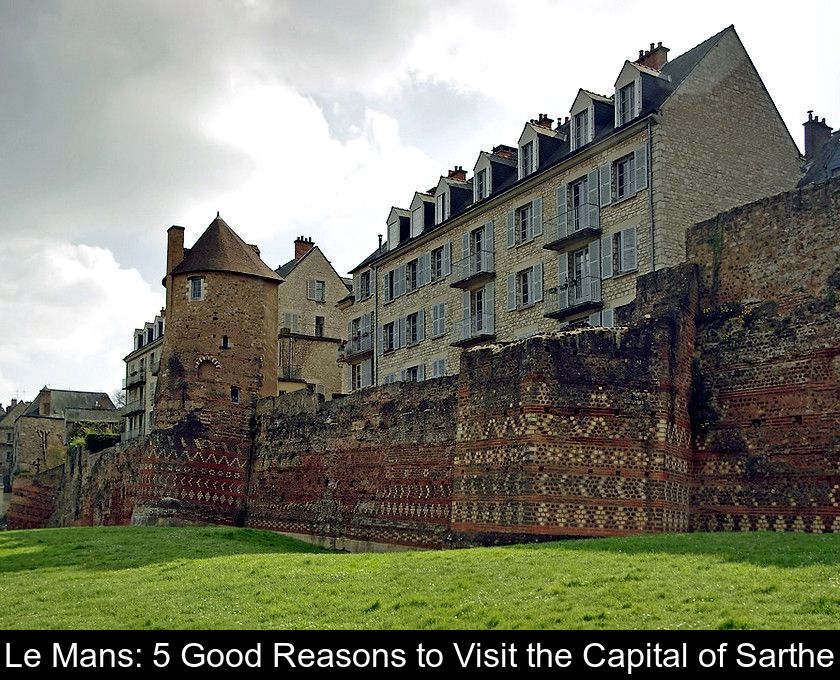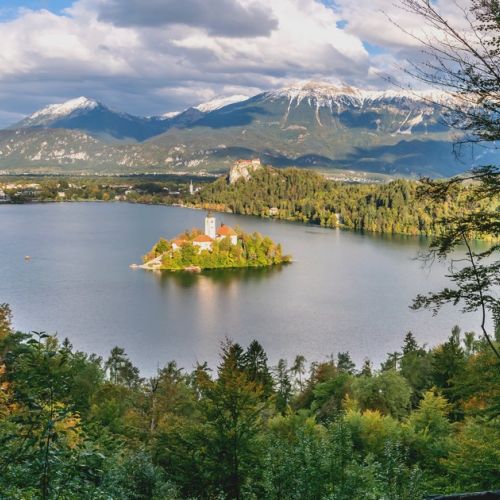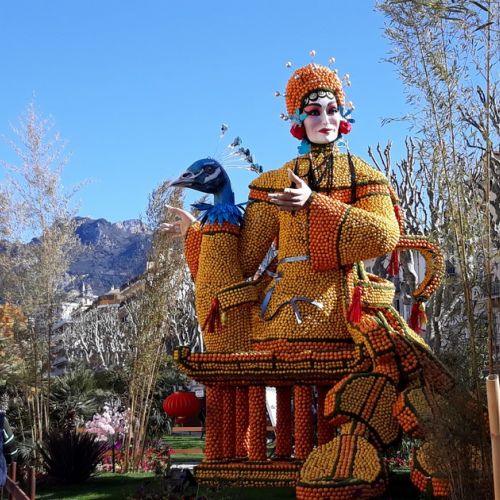Le Mans: 5 Good Reasons To Visit The Capital Of Sarthe
As the most populous city in the Sarthe department, Le Mans is famous for its rillettes and the renowned 24 Hours of Le Mans race. Beyond these two iconic symbols, this city, designated as a "City of Art and History," boasts a rich historical heritage and a vibrant cultural life. Here are 5 great reasons to visit the city.
Le Mans is a city steeped in history.
Le Mans is a city located in the Pays de la Loire region and in the Sarthe department, where it is the prefecture.
Former provincial capital of Maine and Perche, the "city of the Plantagenets" is situated at the confluence of the Sarthe and Huisne rivers. Now labelled a City of Art and History, it is home to the Saint-Julien Cathedral and the Palace of the Counts of Maine (currently the city hall).
The cultural life of Le Mans is punctuated by festivals (such as the Europa Jazz Festival or the Epau Festival) and events like The Night of the Chimeras, which highlights the city's historical heritage.
The prefecture of Sarthe is also known for hosting one of the most significant car races in the world: the 24 Hours of Le Mans!
Its historic center is very well-preserved.
The old Mans, also known as the Cité Plantagenêt, is the historic heart of the city. It is surrounded by a Roman wall dating from the late 3rd century, which is remarkably well-preserved.
Within these walls, you can admire:
• Renaissance houses: the house of Adam and Eve, the hotels of Clairaulnay and Vaux
• Saint-Julien Cathedral: built between the 11th and 15th centuries, it combines Romanesque and Gothic art
• Hôtel du Grabatoire: a 16th-century hotel adorned with two turrets and facing the Romanesque portal of the cathedral
• the house of Queen Bérengère and its Queen Bérengère museum
• half-timbered houses
• private mansions from the 17th and 18th centuries.
Note: it is in the historic center of the city that the Nuit des Chimères takes place every summer.
The city once had several abbeys and cloisters whose remains can still be seen today: the Abbey of Saint-Vincent (built in 572 and now integrated into the Bellevue High School), the Abbey of l'Epau (a former Cistercian abbey founded by Queen Bérengère of Navarre in the year 1229) and the collegiate church of Saint-Pierre-La-Cour (currently a venue for temporary exhibitions and musical performances).
The Church of Notre-Dame-de-la-Couture is the former church of a Benedictine abbey. It features a remarkable sculpted portal depicting a scene from the Last Judgment.
Le Mans often hosts film shoots.
Did you know that the prefecture of Sarthe is highly appreciated by film crews? Its proximity to Paris partly explains this popularity. But that's not the only asset of the city.
Le Mans also offers, in its historic center, a setting preserved from the modern world. Because it lacks electrical wires and other anachronistic elements, the Cité Plantagenêt often serves as a backdrop for historical film and TV movie shoots, such as Cyrano de Bergerac in 1990, The Man in the Iron Mask with Leonardo DiCaprio, or Les Chèvres with Dany Boon in 2024.
Several episodes of the TV series Nicolas Le Floch have also been filmed in this ancient medieval city offering more than 20 hectares of old quarters in a protected area.
Le Mans is home to museums for all tastes.
The Tessé Museum, located in the Tessé family's mansion, is one of the two major museums in Le Mans alongside the new museum of archaeology. It displays Italian altarpieces from the 14th and 15th centuries, Italian and French paintings from the Renaissance, and works from the classical era. It also houses an Egyptian gallery.
The Sarthe Automobile Museum is situated at the entrance to the Circuit des 24 Heures du Mans. It showcases 140 vehicles including motorcycles and racing cars, with 15 models that have won the famous race. Through animated models, videos, interactive games, and display cases, it recounts more than a century of automotive history.
The Queen Berengaria's House (a half-timbered house built in 1460) contains a museum dedicated to local history and folk arts.
5- Le Mans is a very green city.
Le Mans is one of the greenest cities in France, thanks in particular to the Epau Abbey Park, the Arche de la Nature estate, and 85 hectares of municipal parks and gardens.
Be sure not to miss the Jardin des Plantes, the Quinconces des Jacobins, and the Jardins Pierre-de-Ronsard.
While the city of Le Mans is famous for its rillettes, one can also enjoy specialties made with Maine beef and chocolates such as "pavés du Vieux-Mans," "coeurs de la reine Bérengère," or the "saucisson Sarthois" (a delicacy made with chocolate and fruit).












